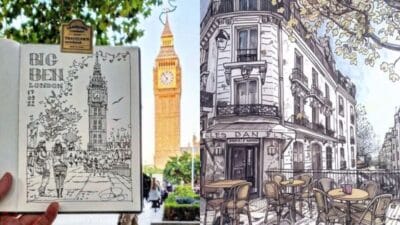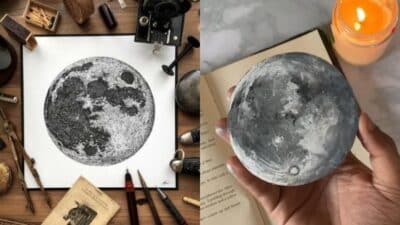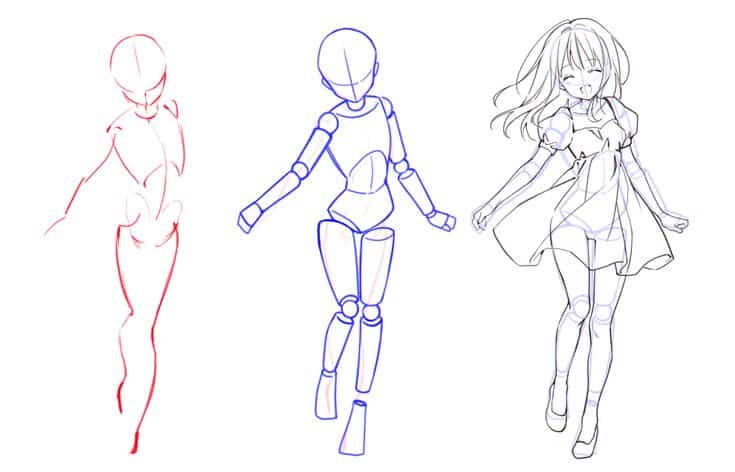
Ever wondered how those stunning anime illustrations come to life, packed with dynamic poses, vibrant colors, and captivating characters? It’s not magic, but rather a methodical journey, a carefully choreographed dance of creativity and technique known as the anime drawing workflow. Whether you’re a seasoned artist looking to refine your process or a total newbie eager to jump into the exciting world of Japanese animation-inspired art, understanding this workflow is your secret weapon. It provides a roadmap, guiding you from a fleeting idea to a polished masterpiece, ensuring you don’t get lost in the sea of possibilities. Think of it as your personal quest log for leveling up your art, breaking down a seemingly daunting task into manageable, enjoyable steps. So, grab your stylus or sharpen your pencils, because we’re about to demystify the anime drawing journey, making it accessible, fun, and ultimately, deeply rewarding.
The Foundation: Conception and Reference Gathering
Every epic journey starts with a single step, and in the world of anime art, that first step is often a spark of inspiration. Before your pen even touches paper (or tablet), you need an idea, a vision, a concept. This initial phase is all about imagination and research, laying down the groundwork for everything that follows.
Brainstorming Your Vision
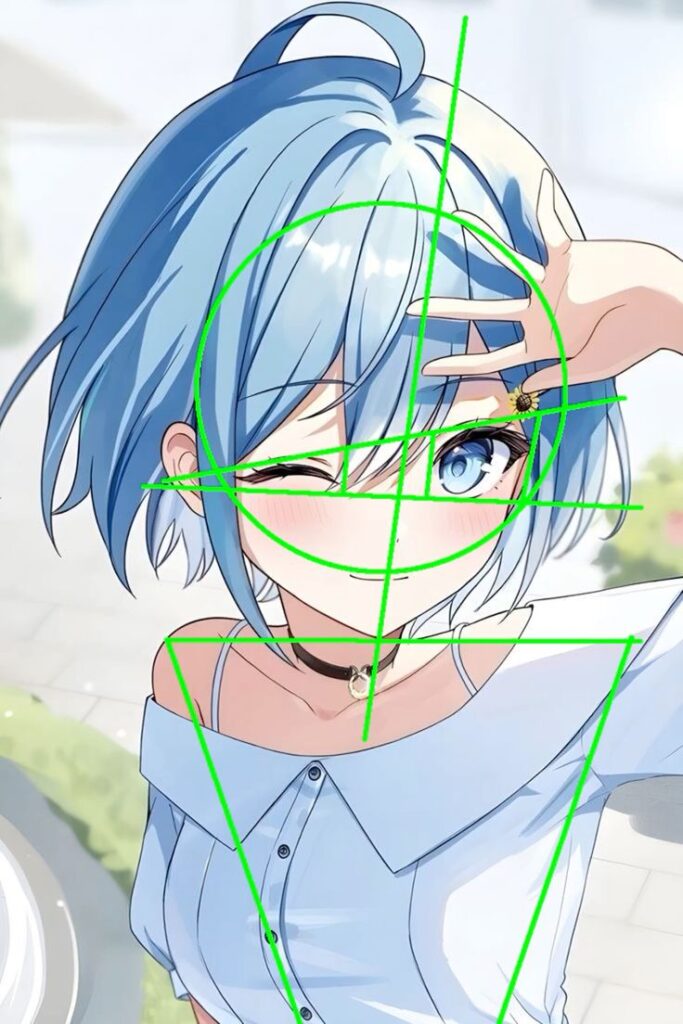

What do you want to draw? Is it a fierce samurai warrior, a magical girl mid-spell, a cozy café scene with a couple chatting, or maybe just a cool character portrait? Don’t overthink it at first. Let your mind wander.
Some artists keep a “visual diary” or a mood board where they jot down ideas, sketch quick thumbnails, or collect images that inspire them. It could be a feeling, a song, a movie scene, or even just an interesting color combination. The goal here is to define the core essence of what you want to create.
- Character Concept: Who is this character? What’s their personality, their story, their defining traits? A stoic knight will have different proportions and expressions than a cheerful schoolgirl.
- Scene/Action: What are they doing? Where are they? A dynamic action shot requires different planning than a quiet, contemplative portrait.
- Emotion/Mood: What feeling do you want to evoke? Joy, sadness, determination, mystery? The mood dictates everything from color choices to facial expressions.
If you’re ever stuck for ideas, try looking at 5 daily sketch ideas to get your creative juices flowing. Sometimes just a simple prompt is all you need to kickstart a bigger project.
Finding the Right References
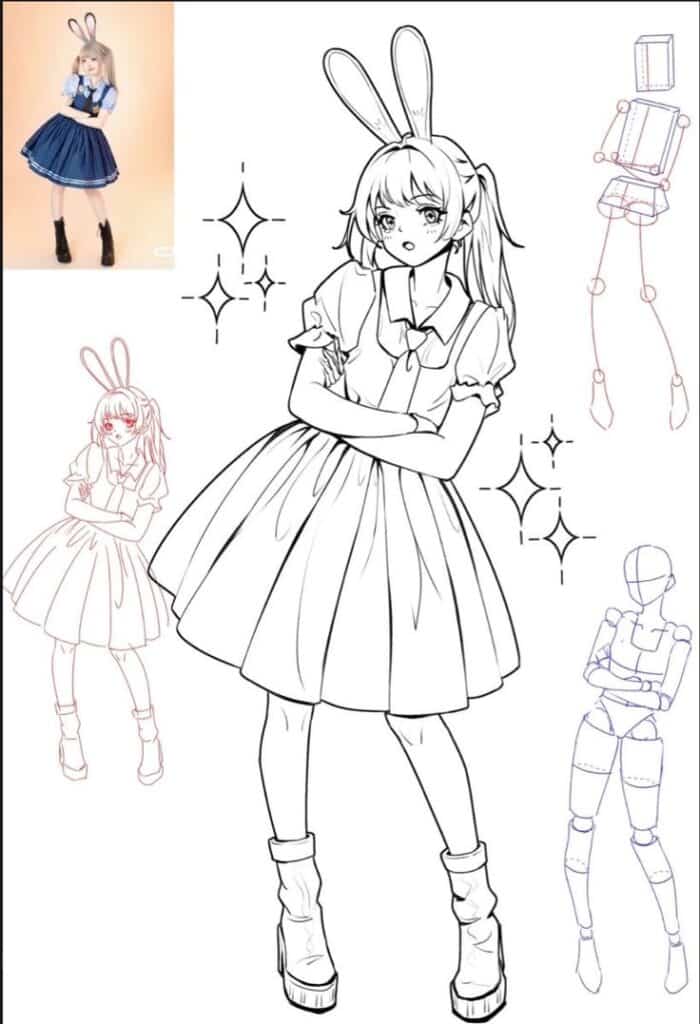

Once you have a general idea, it’s time to get specific. Even the most imaginative artists rely heavily on references. This isn’t cheating; it’s smart art! References provide accuracy, inspire creativity, and help you understand how things look, move, and interact in the real world (or a stylized version of it).
- Pose References: Need someone running? Look up photos or videos of people running. Pay attention to how the body contorts, where the weight shifts, and the flow of motion. Sites like Pinterest, DeviantArt, or even just Google Images are treasure troves. Posemaniacs.com is a fantastic resource for dynamic figure references.
- Anatomy References: Anime style is stylized, but it’s still based on fundamental human anatomy. Understanding where bones and muscles lie will make your characters feel more believable and less stiff. Don’t be afraid to study realistic anatomy. Learning body drawing can drastically improve your understanding of form and structure, which is crucial even for stylized anime art.
- Costume and Prop References: Drawing a futuristic outfit? Look at sci-fi fashion, historical garments, or even functional sportswear. For props, gather images of the actual objects from multiple angles.
- Environmental References: If your character is in a specific setting, collect images of similar locations, lighting conditions, and architectural styles. This helps build a believable world.
- Style References: Look at anime you admire. How do they draw hands, eyes, hair, or clothes? Analyze their line work, coloring, and shading techniques. This helps you understand the conventions of the style you’re aiming for.
Always compile your references into a single folder or a mood board. This makes it easy to refer back to them throughout your drawing process without constantly searching.
Sketching: The Blueprint of Your Creation
With your vision clear and references in hand, it’s time to translate those ideas into lines. The sketching phase is all about exploration, getting the core shapes and forms down without worrying about perfection. Think of it as building a house – you start with the skeleton, not the wallpaper.
Rough Gestures and Basic Shapes

This is where the magic truly begins. Don’t press too hard, don’t focus on details. Use light, loose strokes to capture the overall flow, action, and proportion of your character or scene.
- Gesture Drawing: This is about capturing movement and energy. Use sweeping lines to represent the spine, the curve of an arm, or the direction of a leg. It’s less about accuracy and more about conveying motion and weight. Think stick figures with attitude!
- Basic Forms: Build upon your gestures by adding simple geometric shapes. Circles for the head and joints, cylinders for limbs, and boxes for the torso and hips. This helps establish the three-dimensional volume of your character in space. Don’t rush this stage; a solid foundation makes everything else easier.
Many professional artists recommend starting with a small thumbnail sketch, often no bigger than your thumb, to quickly lay out the composition and main figures. This saves time and effort before committing to a larger canvas.
Refining the Pose and Anatomy
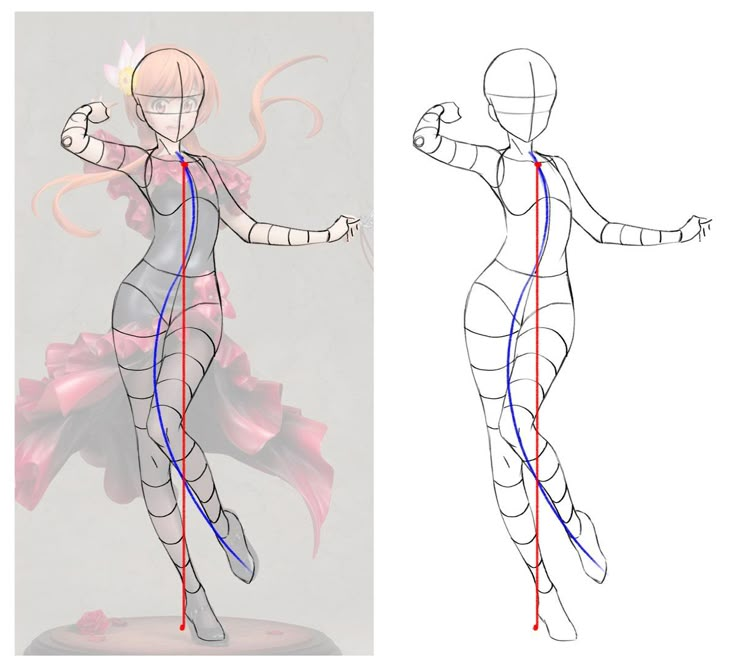
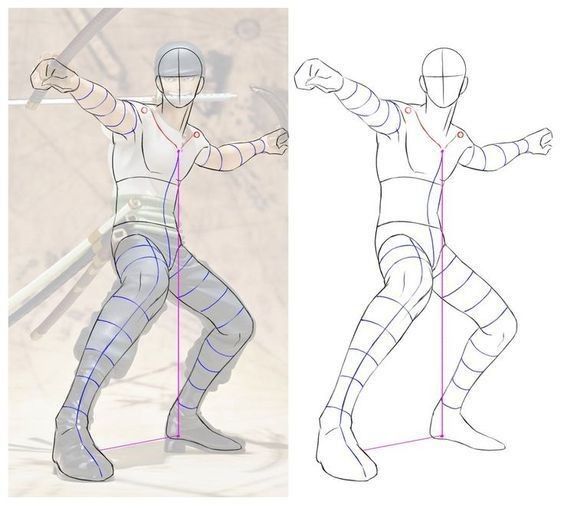
Once the basic forms are in place, start to refine. This is where those anatomy references come into play.
- Proportions: Check if your character’s head is the right size compared to their body, if their arms are long enough, and if their legs can reach the ground. Anime often uses stylized proportions (e.g., larger eyes, smaller mouths, elongated limbs), but consistency is key.
- Anatomy: Overlay your knowledge (and references) of human anatomy onto your basic shapes. Define where the collarbones sit, how the ribcage connects to the pelvis, and the general shape of muscles. For those specifically focusing on male characters, diving into male body anatomy drawing can provide invaluable insights into musculature and heroic proportions common in anime. Don’t draw every muscle; rather, understand how they affect the surface forms.
- Line of Action: Ensure there’s a clear, appealing line of action running through your character. This invisible line creates dynamic flow and makes your character feel alive, rather than stiff.
- Perspective: If drawing a scene, start to block out the perspective. Where’s the horizon line? Where are the vanishing points? Even simple perspective helps anchor your characters in a believable space.
Adding Character Details

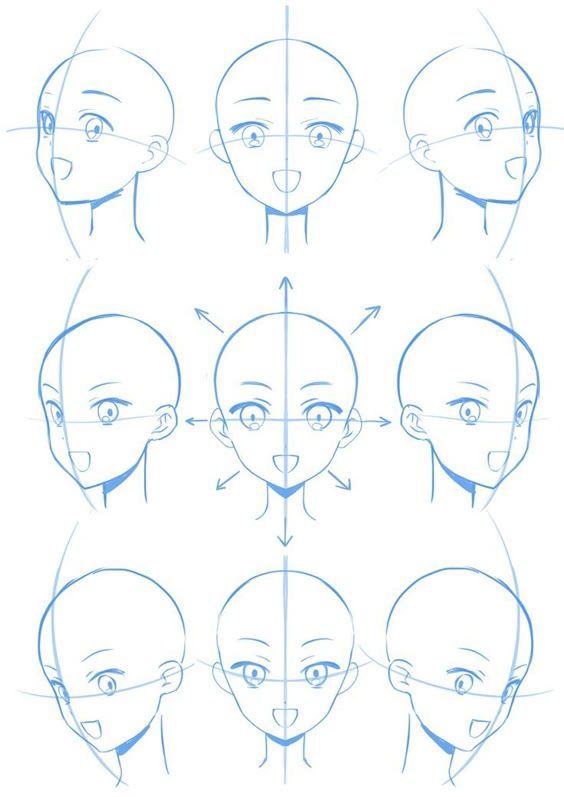
Now that your character’s structure and pose are solid, you can start to layer on the fun details that make them unique.
- Facial Features: Sketch out the placement of eyes, nose, mouth, and ears. Remember anime eyes are often large and expressive, while noses and mouths can be subtle. Conveying emotion through these features is crucial.
- Hair: Anime hair is often elaborate and stylized. Think of it in large, flowing clumps rather than individual strands. Consider its volume, movement, and how it frames the face.
- Clothing and Accessories: Drape clothing over your character’s form. Pay attention to folds, wrinkles, and how fabric behaves. Are there buckles, buttons, ribbons, or jewelry? Every detail adds to the character’s story. If you’re drawing a specific character like from a show, you might even look up how to draw Stitch to see how existing character designs are broken down into simpler shapes and lines for accurate reproduction.
Keep your sketch light and clean during this phase. You’re still exploring, so don’t be afraid to erase and redraw until it feels right.
Line Art: Bringing Clarity to Your Vision
The sketching phase was about exploration; the line art phase is about commitment and definition. This is where you transform your messy sketch into clean, crisp outlines that will form the backbone of your final illustration.
Digital vs. Traditional Inking
The approach here depends on your medium.
- Traditional: If you’re working with paper, you’ll likely use ink pens (fineliners, brush pens, dip pens) to go over your pencil sketch. You might use a light box to trace your refined sketch onto a new, clean sheet of paper, or simply ink directly over a very light pencil sketch.
- Digital: In software like Clip Studio Paint, Photoshop, Procreate, or Krita, you’ll create a new layer above your sketch. You then trace over your sketch lines using a digital pen or brush tool. The beauty of digital is infinite undo, adjustable line thickness, and often, “stabilizer” tools that help smooth out wobbly lines.
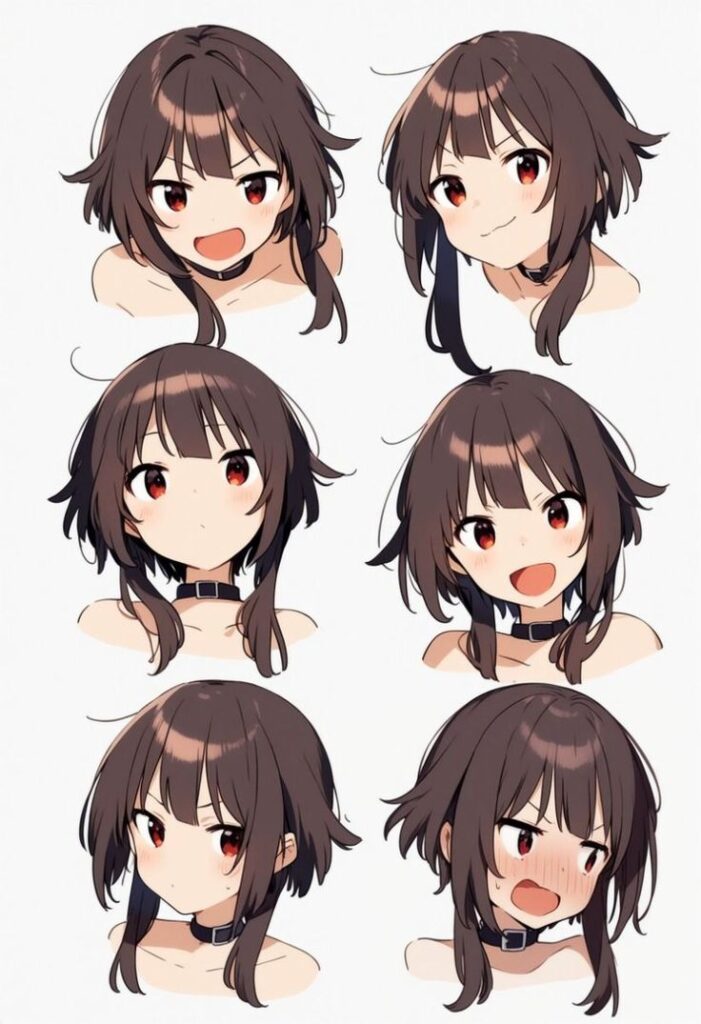
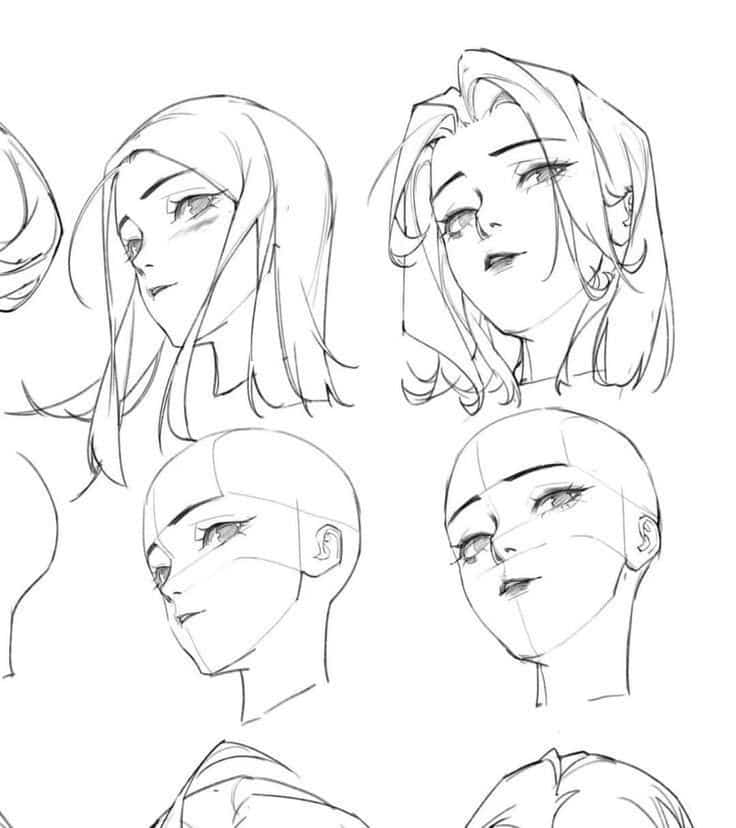
Line Weight and Flow
This is where your line art goes from good to great. Don’t use a uniform line thickness throughout your drawing. Varying line weight adds depth, dimension, and visual interest.
- Thicker Lines: Use thicker lines for areas that are closer to the viewer, areas that are in shadow, or to define primary forms and contours (e.g., the outline of the entire character, the jawline).
- Thinner Lines: Use thinner lines for internal details, folds in clothing, individual strands of hair, or areas that recede into the background.
- Flow and Confidence: Aim for confident, continuous lines. Avoid “chicken scratch” lines (many small, overlapping strokes). Practice drawing long, smooth curves and straight lines. Think about the direction and energy of your lines; they should contribute to the overall movement of the piece.

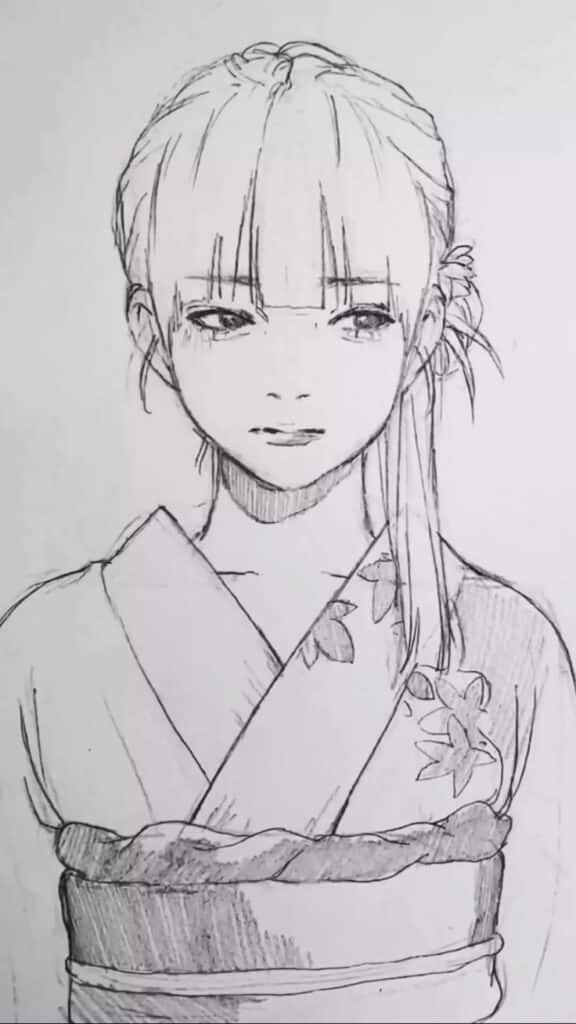
Cleaning Up and Perfecting
Once your initial line art is done, take a step back.
- Erase/Hide Sketch: If traditional, carefully erase your pencil lines. If digital, hide your sketch layer.
- Check for Consistency: Are your lines consistent in style? Are there any wobbly bits? Any lines that don’t connect properly?
- Refine Details: This is your last chance to refine small details before moving to color. Ensure eyes are expressive, fingers are distinct, and clothing folds make sense. Sometimes, adding small, subtle lines for texture (e.g., fabric weave) can enhance the drawing without overwhelming it.
A clean line art phase makes the coloring process much smoother and more enjoyable.
Flat Colors: Establishing the Mood
Now for the fun part: bringing your character to life with color! The flat coloring stage, sometimes called “base colors” or “color blocking,” is about applying solid, uniform colors to different areas of your line art. This sets the foundation for all subsequent rendering.
Color Palettes and Harmony
Before you even pick up your digital bucket tool or traditional paint, think about your color palette. What mood are you trying to convey?
- Warm vs. Cool: Warm colors (reds, yellows, oranges) tend to be energetic and inviting, while cool colors (blues, greens, purples) are often calming or mysterious.
- Complementary Colors: Colors opposite each other on the color wheel (e.g., red and green, blue and orange) create high contrast and vibrancy. Use them sparingly for accents.
- Analogous Colors: Colors next to each other on the color wheel (e.g., blue, blue-green, green) create harmonious, relaxed palettes.
- Monochromatic: Using different shades, tints, and tones of a single color. This can create a very unified and sophisticated look.
Many artists spend time building or finding a suitable palette before starting to color. There are online tools and communities dedicated to color palette generation. The right color choices can make a huge difference, much like choosing the right design principles for vibrant UI design can enhance user experience.
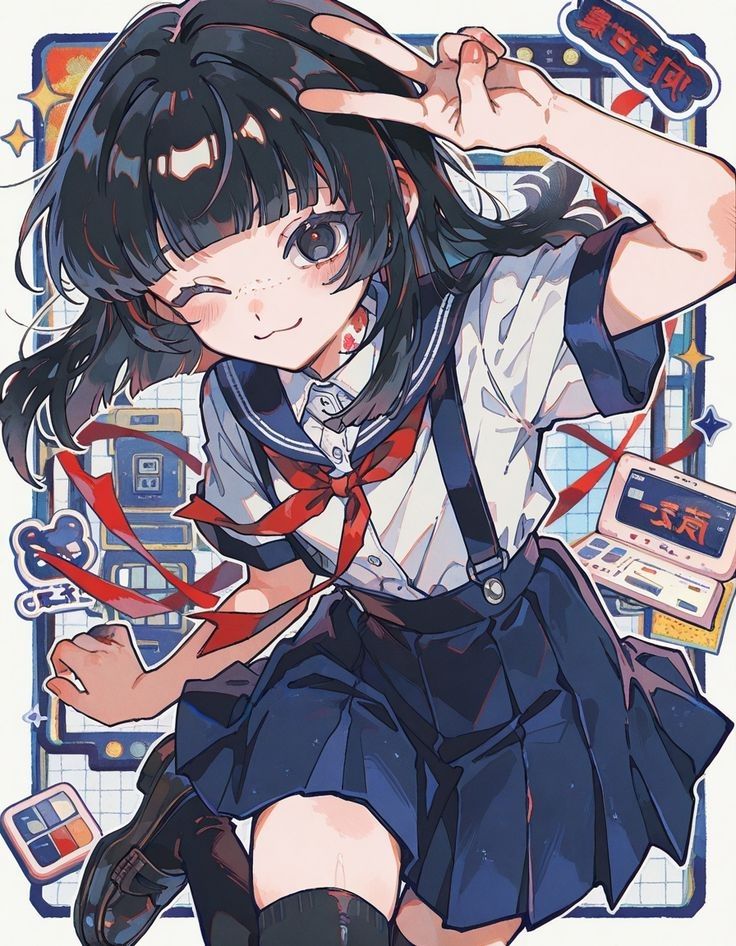
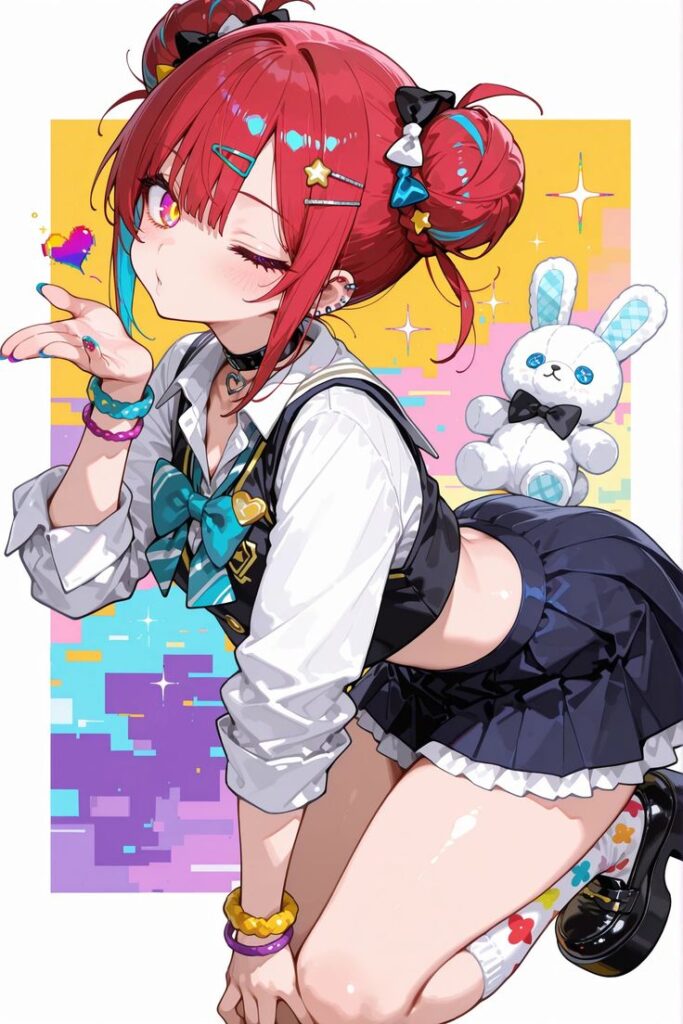
Base Colors and Color Blocking
This is the process of filling in all the distinct areas of your character and background with their primary, unshaded colors.
- Separate Layers (Digital): If working digitally, it’s highly recommended to place each major color group (skin, hair, clothes, eyes, etc.) on its own separate layer. This offers incredible flexibility for adjustments, shading, and effects later on. For instance, all skin tones on one layer, all hair on another, and so on.
- Clean Edges: Ensure your colors stay within your line art. Use selection tools (magic wand, lasso) or careful brushwork to get crisp, clean edges. Any stray pixels now will become obvious later.
- No Gaps: Make sure every area is filled. Small uncolored gaps can be a nightmare to fix during shading.
- Neutral Background: If you’re not planning a detailed background yet, fill the background layer with a neutral grey or a complementary color to help you assess your character’s colors more accurately.
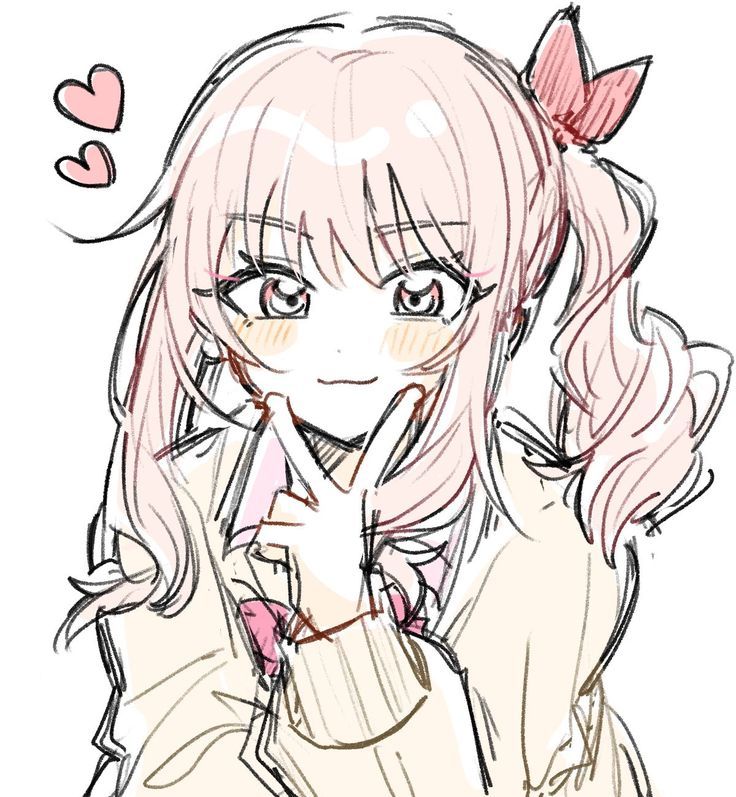

Understanding Color Theory (Briefly)
While we won’t deep-dive into advanced color theory, a basic understanding helps.
- Hue: The pure color itself (red, blue, green).
- Saturation: The intensity or purity of a color (vibrant red vs. muted red).
- Value/Brightness: How light or dark a color is. This is arguably the most important aspect for conveying form and depth.
Aim for a balance. Too many highly saturated colors can make your art look chaotic, while too many desaturated colors can make it look dull. The base colors should be strong enough to stand on their own but also serve as a good canvas for shading.
Shading and Lighting: Adding Depth and Dimension
This is where your character truly pops off the page (or screen). Shading and lighting transform flat shapes into three-dimensional forms, conveying depth, mood, and realism (even stylized realism).
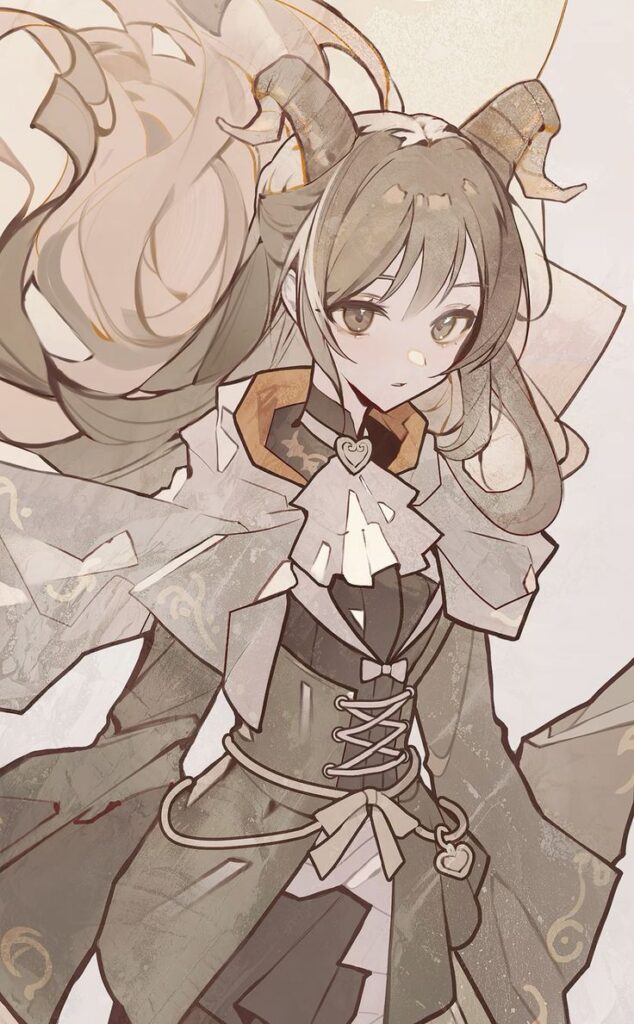
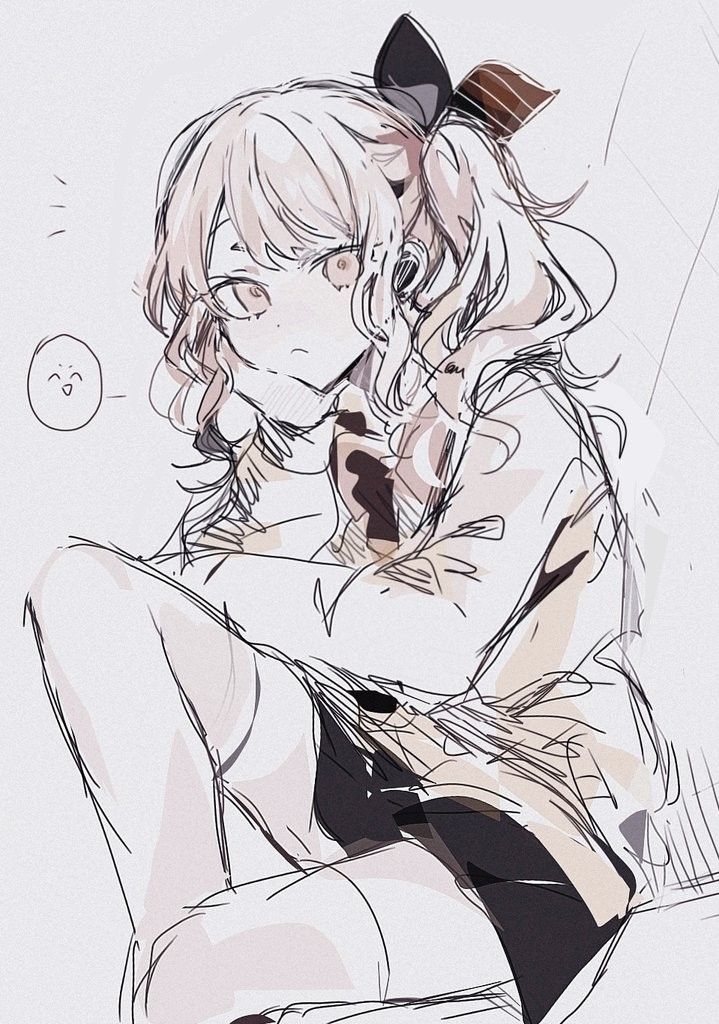
Defining Light Source
Before you add a single shadow, you must decide where your light source is coming from. This is non-negotiable. Is it a harsh overhead sun? A soft, diffused light from the side? A glowing magical orb?
- Direction: The angle from which the light hits your character (top, side, front, back).
- Intensity: How bright or dim the light is. This affects the contrast between light and shadow.
- Color: Is the light warm (sunlight) or cool (moonlight, fluorescent)? This will influence the color of your shadows and highlights.
Sketch a small arrow somewhere on your canvas indicating the light source’s direction. Seriously, do it. It keeps you consistent.

Cell Shading vs. Soft Shading
Anime predominantly uses a technique called “cell shading,” but soft shading is also common, especially for more painterly styles.
- Cell Shading (Hard Shading): This is characterized by sharp, distinct blocks of color for shadows and highlights, with no blending or gradients. It mimics the look of traditional animation cells (hence the name).
- Process: On a new layer (set to “Multiply” mode for shadows, or “Screen/Add” for highlights), paint solid shapes where shadows or highlights would fall, based on your light source.
- Effect: Creates a clean, graphic, and vibrant look often seen in shonen anime.
- Soft Shading: Involves smooth transitions between light and shadow, often using airbrushes or soft brushes.
- Process: Build up shadows gradually, blending colors to create a gradient.
- Effect: Creates a more realistic, painterly, and volumetric look, often seen in more detailed illustrations or certain anime styles.
- Hybrid: Many artists combine both! Hard shadows for the primary forms and softer gradients for subtle shifts or internal light bounces.
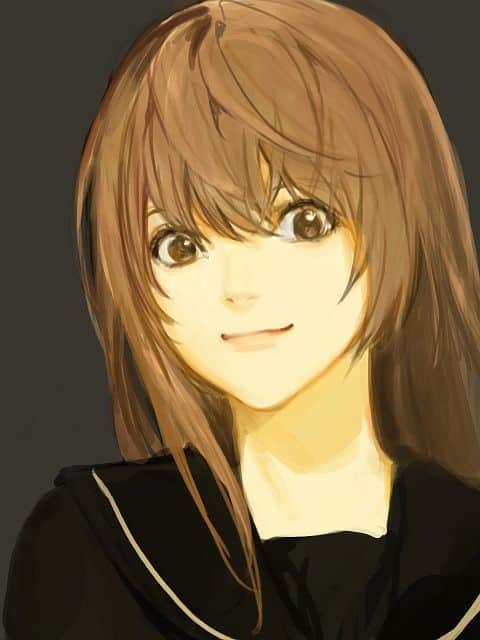
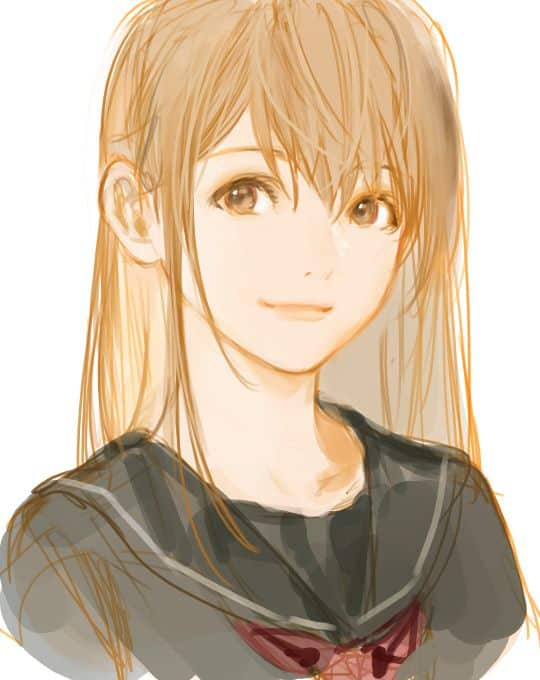
Highlights and Shadows
Now, apply those techniques to your character.
- Core Shadows: These are the darkest areas, where the form turns away from the light. Think of the underside of the chin, under the hair, or the folds of clothing.
- Cast Shadows: Shadows cast by one object onto another (e.g., hair onto the face, an arm onto the body). These often have sharper edges.
- Highlights: The brightest points where light directly hits the surface. These are typically small and focused, adding a “spark” to eyes or shine to hair.
- Reflected Light: Often overlooked, this is subtle light bouncing off surrounding surfaces and hitting the shadowed areas. It prevents shadows from looking completely black and adds realism.
Remember to consider the texture of surfaces. A shiny metallic object will have very sharp, intense highlights, while a soft fabric will have more diffused, subtle ones.

Ambient Occlusion and Rim Light
These two elements can elevate your shading dramatically.
- Ambient Occlusion (AO): These are subtle, soft shadows that appear in crevices and areas where light struggles to penetrate, regardless of the main light source. Think of the small shadows in the corners of eyes, between fingers, or where hair meets the scalp. They add a sense of weight and contact.
- Rim Light (Backlight): A thin, bright line of light that appears on the edge of your character, separating them from the background. It occurs when a light source is positioned behind the character. It adds dramatic flair and helps the character pop.
Use separate layers for each shading pass (main shadows, highlights, rim light, AO). This gives you maximum control to adjust opacity or even color later.
Special Effects and Backgrounds: Completing the Scene
With your character looking fantastic, it’s time to refine those intricate details and place them within a compelling environment. This stage is all about bringing the whole picture together.
Hair, Eyes, and Clothing Details
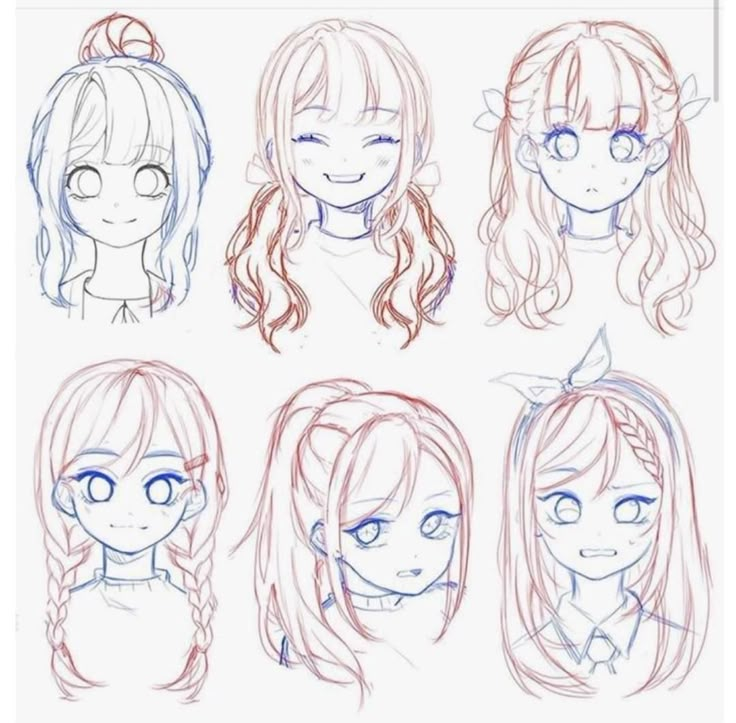
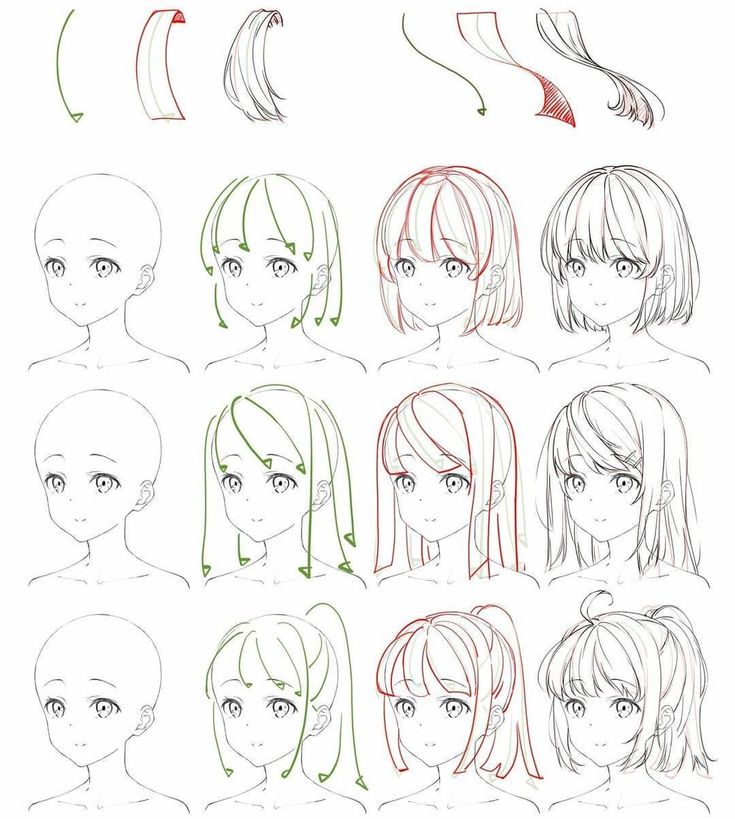
These are often the focal points that draw viewers in and convey personality.
- Hair: Go beyond the base color and main shadow. Add subtle strands, highlights that follow the hair’s flow, and perhaps some reflected light. Think about the texture – is it silky, spiky, fluffy?
- Eyes: The “windows to the soul” in anime. This is where you can spend a lot of time. Add multiple layers of color to the iris, subtle reflections (often multiple small, distinct highlights), and maybe a soft gradient from dark to light. The eyes are key to conveying emotion, so make them expressive.
- Clothing: Add texture, stitching, or patterns. Refine folds and wrinkles, ensuring they realistically conform to the character’s pose and the type of fabric. Don’t forget small details like buttons, zippers, or emblems.
Adding Effects (Magic, Glow, etc.)
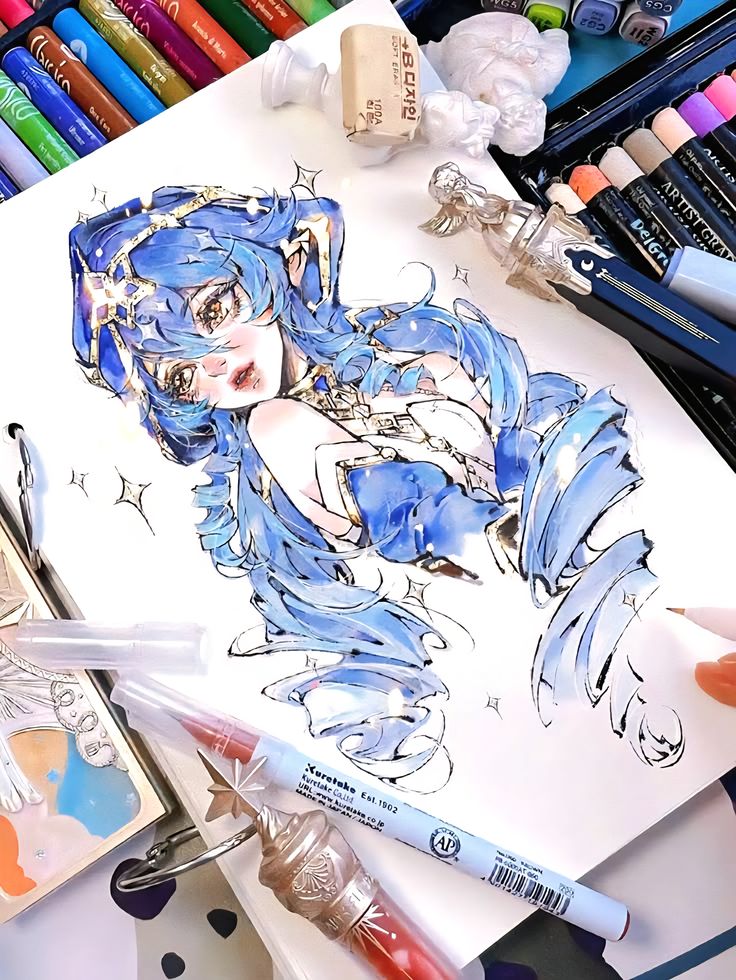

If your character has special powers or a dynamic environment, this is where you infuse that energy.
- Glow Effects: Use lighter colors, blurred layers, and often “Add” or “Screen” blending modes to create magical glows, energy blasts, or light sources. A common technique is to draw the glow shape, then use a Gaussian blur, and duplicate/layer it to intensify.
- Particles: Add small dust motes, sparks, leaves, or rain to enhance the atmosphere. These add dynamic movement and depth.
- Motion Blurs: For fast-moving characters or objects, strategic use of motion blur can convey speed and impact.
These effects should support the narrative and composition, not detract from them. Less is often more.
Background Integration
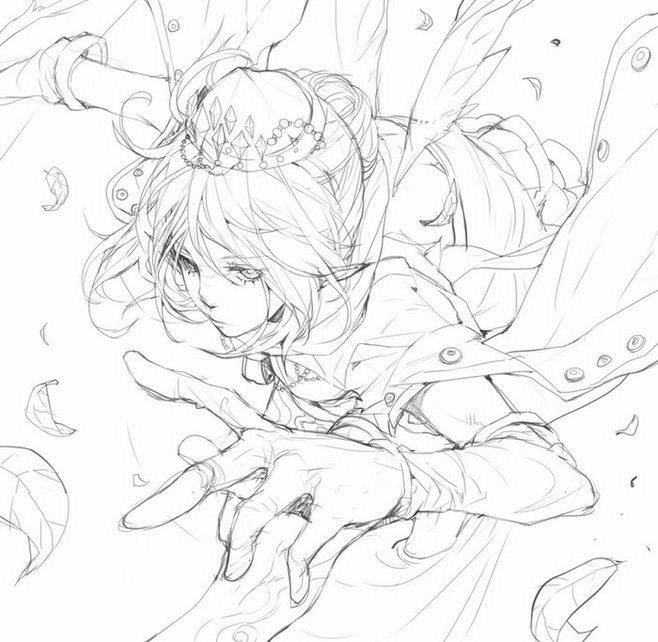
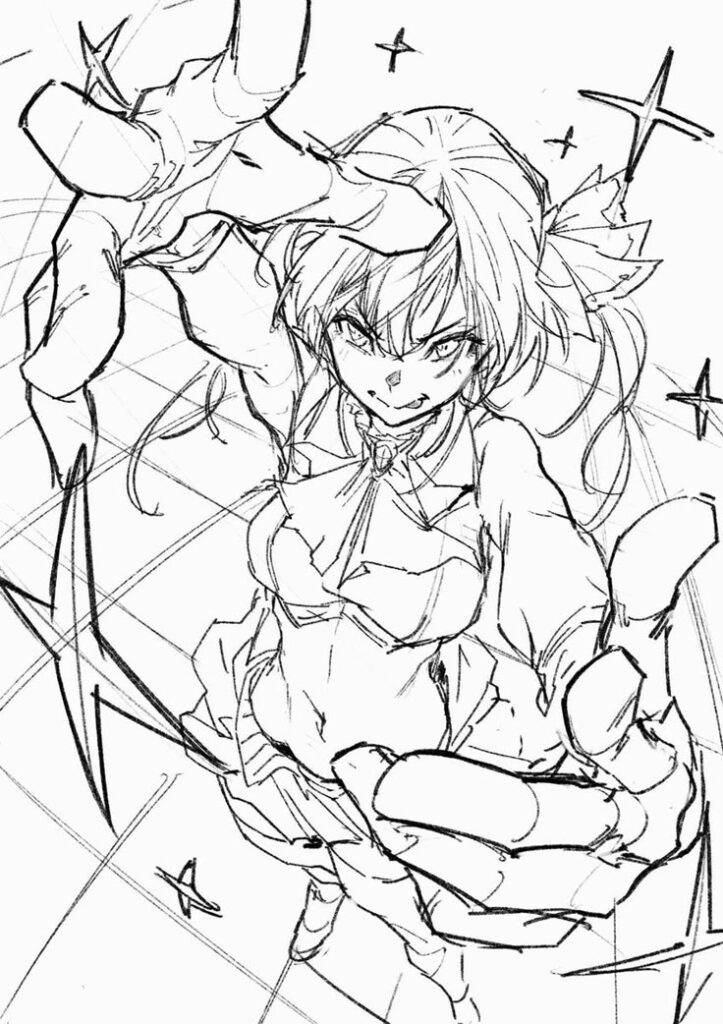
Unless your piece is a simple character portrait, a background is crucial for setting the scene and context.
- Simplicity vs. Detail: A simple gradient or abstract shapes can sometimes be more effective than a busy background, especially if you want the character to be the undisputed focal point. However, a well-executed detailed background can tell a story and immerse the viewer.
- Perspective and Scale: Ensure your background elements are in correct perspective and scale relative to your character. A tree shouldn’t be taller than a building if it’s supposed to be in the distance.
- Color Harmony: The background colors should complement, not clash with, your character. Consider how the light from the background might subtly tint your character’s shadows or highlights. For example, if the background is a fantasy landscape concept art piece with a fiery sky, your character’s shadows might pick up some warm hues.
- Atmospheric Perspective: Distant objects appear lighter, bluer, and less saturated due to atmospheric haze. Use this to create a sense of depth.
Remember, the background should support the main subject. It shouldn’t steal the show unless it’s intentionally part of the narrative. Art of fantasy landscape concept art often employs these techniques to create immersive worlds.
Post-Processing and Final Touches: Polishing Your Masterpiece
You’re almost there! This final stage is like putting the finishing touches on a gourmet meal – tiny adjustments that make a huge difference in presentation and overall appeal.
Color Adjustments and Filters

Often, after all the individual coloring and shading, the overall image might feel a little flat or off-balance.
- Levels/Curves: Adjust the overall brightness and contrast of your image. This can make your colors pop and your shadows deeper.
- Color Balance: Shift the overall color temperature – make it warmer or cooler, or adjust specific color channels (red, green, blue) to correct any unwanted color casts.
- Hue/Saturation: Tweak the intensity of specific colors or shift entire color ranges. Maybe the hair is a bit too yellow, or the background feels too saturated.
- Gradient Maps/Color Lookups: These can apply complex color grading to your entire image, unifying the palette and setting a specific mood (e.g., a cinematic, vintage, or dreamy feel). Experiment with these!
Adding Textures and Overlays
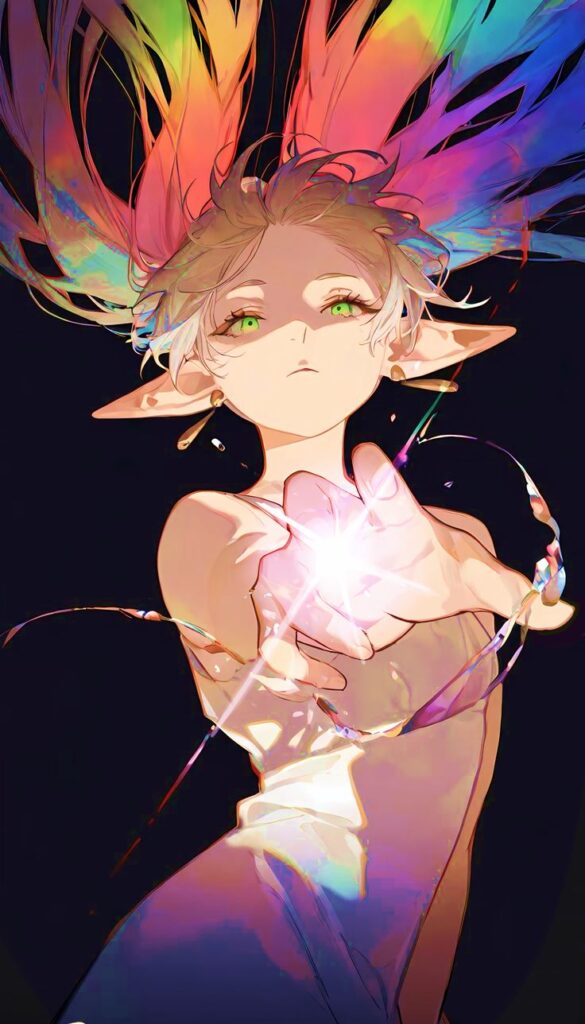
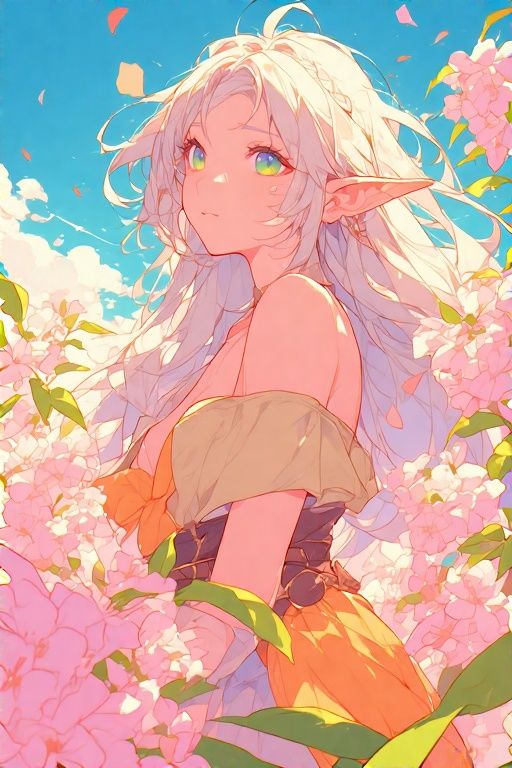
These can add subtle depth and realism or a unique stylistic touch.
- Subtle Textures: Overlay paper textures, canvas textures, or grunge textures (at low opacity and appropriate blending modes like “Overlay” or “Soft Light”) to give your digital art a more traditional, tactile feel.
- Noise/Grain: A very subtle amount of digital noise can sometimes help unify the image and prevent colors from looking too “clean” or digital.
- Light Leaks/Dust: Adding light leak overlays or subtle dust particle brushes can enhance a cinematic or vintage aesthetic.
Critiquing and Refining
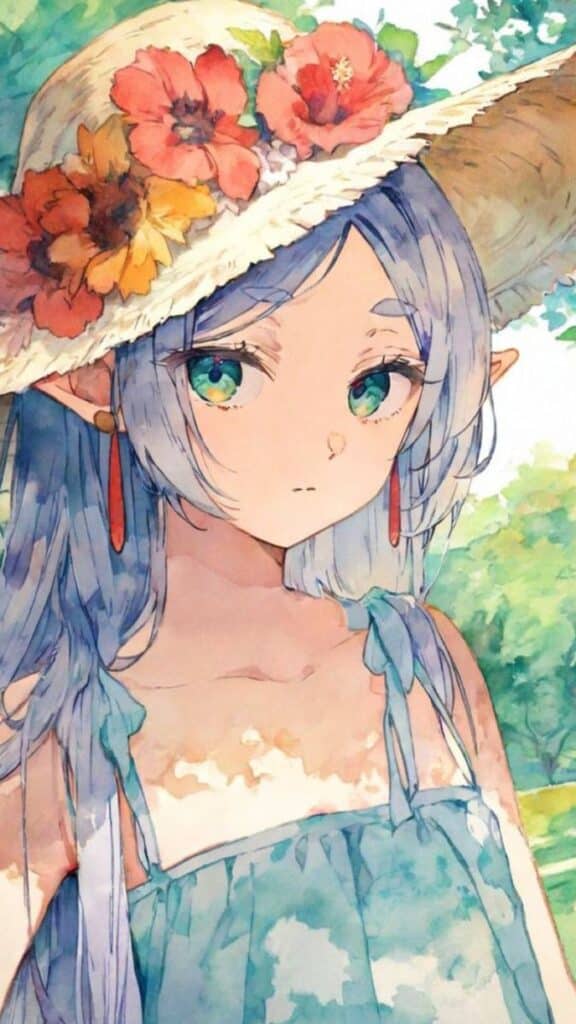
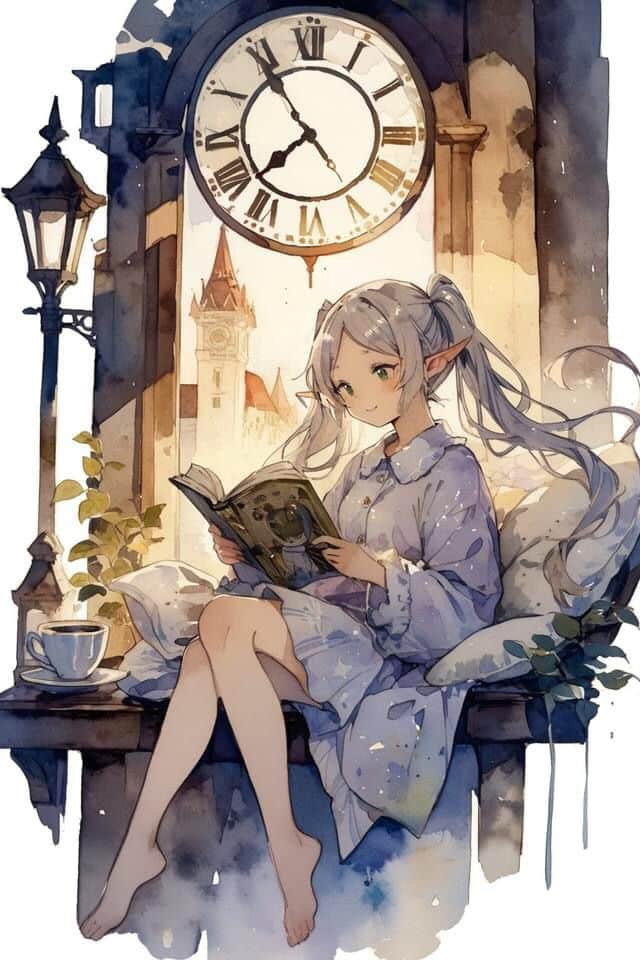
This is a crucial, often overlooked, step. Step away from your art for a bit – an hour, a day, even longer. Come back with fresh eyes.
- Flip the Canvas: Flipping your canvas horizontally is an old trick (both digital and traditional, using a mirror). It reveals compositional flaws, wonky anatomy, or uneven eyes you didn’t notice before.
- Zoom Out: Look at your art at a distance, or as a small thumbnail. Does the composition still work? Is the character readable?
- Ask for Feedback (Optional but Recommended): Share your work with trusted friends, fellow artists, or online communities. Be open to constructive criticism. They might spot something you completely missed.
- Final Polish: Make those last small adjustments – sharpening certain areas, softening others, adding tiny glints of light, or removing distracting elements. Don’t overdo it! There’s a point where you need to declare it “done.”
Conclusion
Phew! That was quite the journey, wasn’t it? From a fleeting idea to a fully rendered anime illustration, the anime drawing workflow is a systematic process that empowers you to bring your artistic visions to life. We’ve explored everything from the crucial initial brainstorming and reference gathering, through the foundational steps of sketching and line art, all the way to the vibrant world of flat colors, dynamic shading, and the final touches that make your art truly shine.
Remember, this workflow isn’t a rigid set of rules, but a flexible guide. Every artist develops their own rhythm and preferred methods. Some might spend more time on sketching, others on coloring. The most important thing is to understand the purpose of each stage and to adapt it to your personal style and goals.
The journey of art is one of continuous learning and practice. Don’t be afraid to experiment, make mistakes, and learn from them. The more you practice, the more intuitive this workflow will become, allowing your creativity to flow unhindered. So, what are you waiting for? Take what you’ve learned today, open up your sketchbook or digital canvas, and start bringing your own incredible anime worlds and characters into existence. Your next masterpiece is just a workflow away!
- 800shares
- Facebook0
- Pinterest800
- Twitter0

